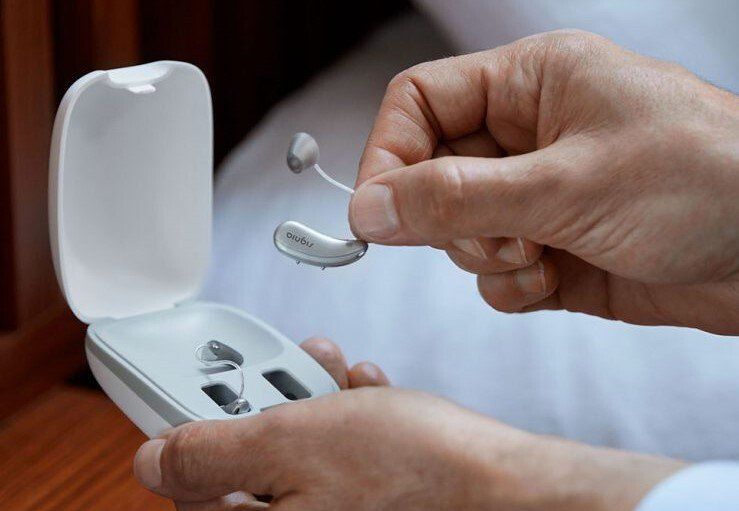Celebrating over 50 Years
in Business
Established in 1972, Hearing Healthcare is Ireland’s leading independent family-run private practice that provides a comprehensive range of hearing solutions for individuals and organisations concerned about their hearing.
Established in 1972, Hearing Healthcare is Ireland’s leading independent family-run private practice that provides a comprehensive range of hearing solutions for individuals and organisations concerned about their hearing.
Hearing Healthcare Services
-
DIGITAL HEARING AIDS
LEARN MOREImprove your Hearing and Quality of life with the most up to date Hearing Instruments
-
CUSTOM EAR MOULDS
LEARN MOREProtect your ears and hearing from all Noise & Water damage with our Custom Ear Moulds.
-
EAR WAX REMOVAL
LEARN MOREHave wax easily removed from your ears safely and professionally using Micro-suction.
-
OCCUPATIONAL HEARING
LEARN MOREHelp to safeguard your Company and Employees from Occupational Noise Exposure.
Established
Since 1972 we have been providing advice and hearing solutions to people who are concerned about their hearing.
Independent
We are an Independent Family-run Practice, offering the most diverse range of products and services available.
Test your Hearing
Find out if you have a hearing loss. Test your hearing now with a simple online test.
Testimonials

“
"Mr. Paul Hussey (Hearing Healthcare Ireland) was recommended to us by a leading specialist in the Mater Hospital. Mum has greatly benefited from such a reliable and experienced team and we would highly recommend them to anyone with hearing difficulties."
K. R., Dublin/Longford
“
"I am more confident than ever, hearing better at work, at my studies with TV and theatre. Thank you very much for everything."
G. P., Dublin/Brazil
“
"The care and attention my wife Gemma received at Hearing Healthcare Ireland from Mr. Paul Hussey has been nothing short of fantastic."
D. L., Dublin
“
"I would certainly recommend visiting Paul if you are looking for a genuinely friendly, professional and (most important to me) honest service."
R. C., Wicklow
“
"The service provided by you has been excellent. I would recommend Hearing Healthcare to family and friends."
C. K., Dublin-

“
"Professional, knowledgeable, very impressive on the technicalities of hearing loss, and best of all, very consultative and customer friendly."
J. V., Dublin 
“
"I am a customer of Hearing Healthcare Ireland for over 45 years and I will continue to be a loyal customer for many more years to come."
P. S., Wicklow
“
"My Doctor said I should get a hearing aid for my right ear and recommended Mr. Paul Hussey of Hearing Healthcare. Paul recommended a BiCROS system – I had never heard of it (excuse the pun!). I now wear a hearing aid in my right ear and a microphone on my left/dead ear. It is absolutely wonderful!"
C. W., Dublin
“
"I found that Mr Paul Hussey from Hearing Healthcare Ireland was the most helpful."
G. C., Australia
“
"At times it is almost embarrassing how much time and effort he will give to working out solutions or listening to expand his own knowledge. I am always delighted with his service."
B. C., Dublin
“
"I would highly recommend Paul from Hearing Healthcare and his unique approach to addressing the problems of people with hearing loss.”
F. K., Laois
“
"The pandemic has taught me to appreciate my healthcare workers - especially my audiologist! Thank you."
A. O'R., Dublin
“
"I have to say the after-care you give is amazing. It is so important. I appreciate it so much. Thank you."
C.M., Dublin
CLINIC HOURS
- Mon - Thu
- -
- Fri - Sun
- Closed




